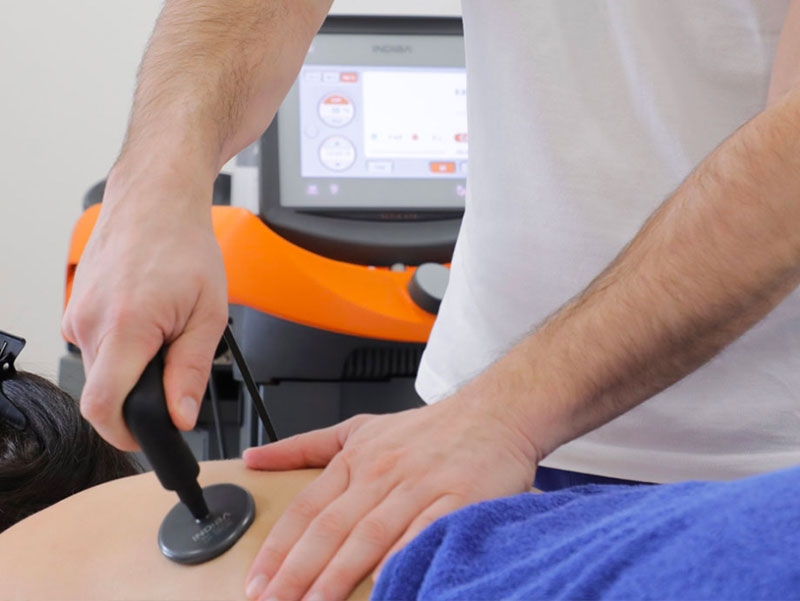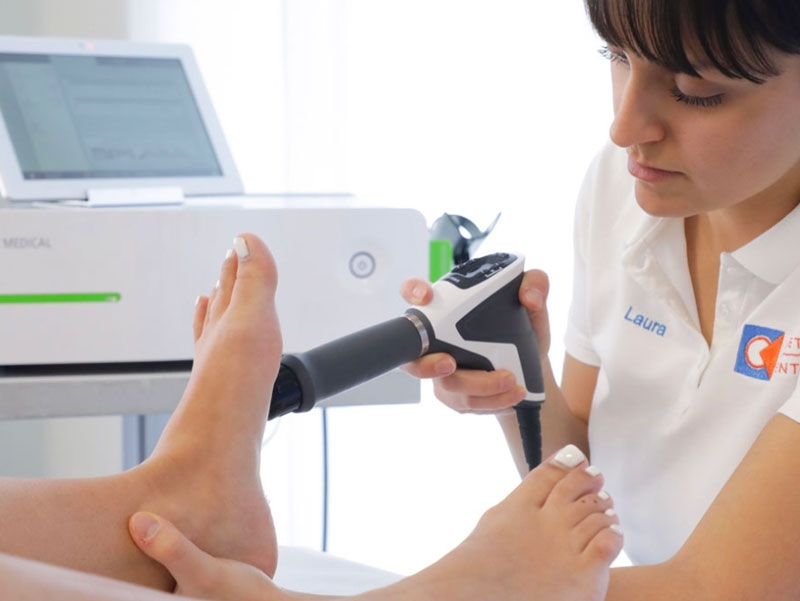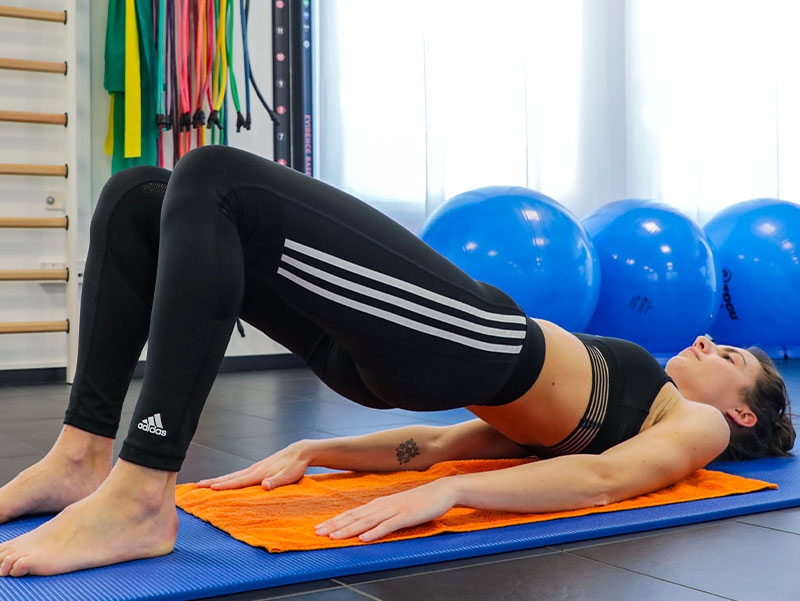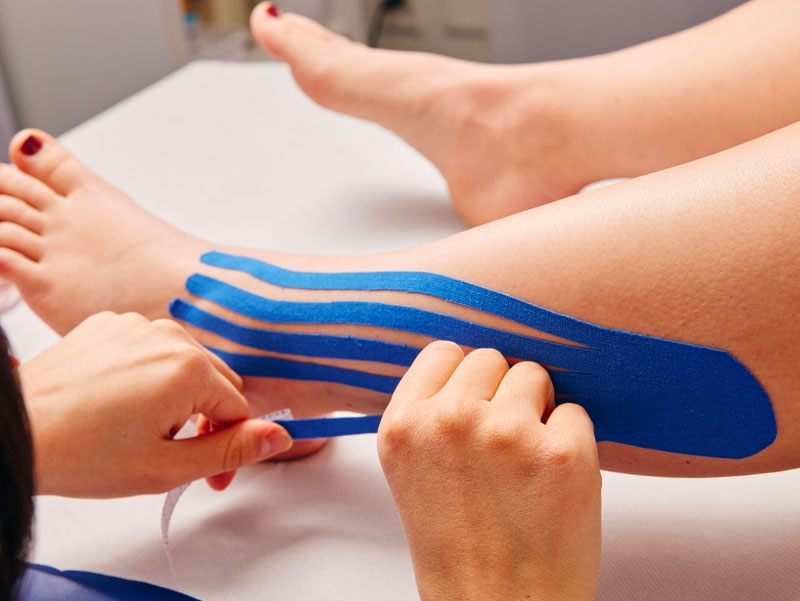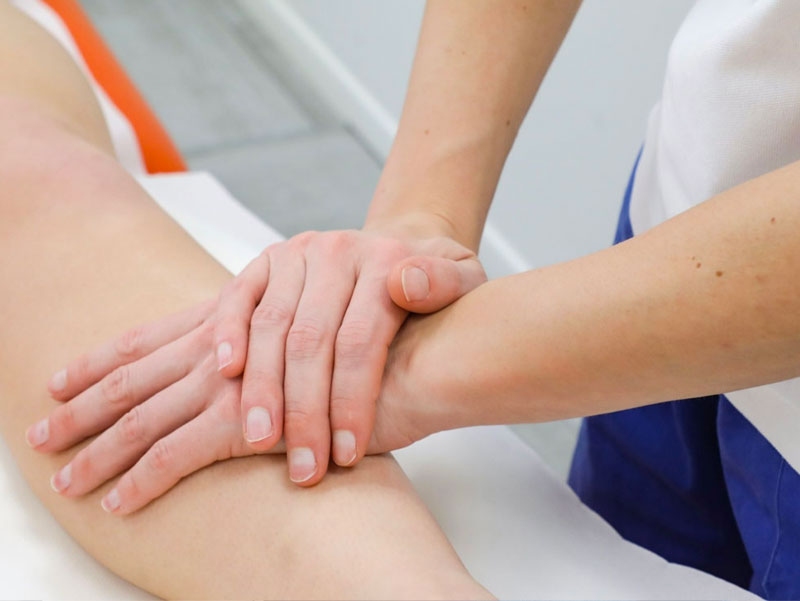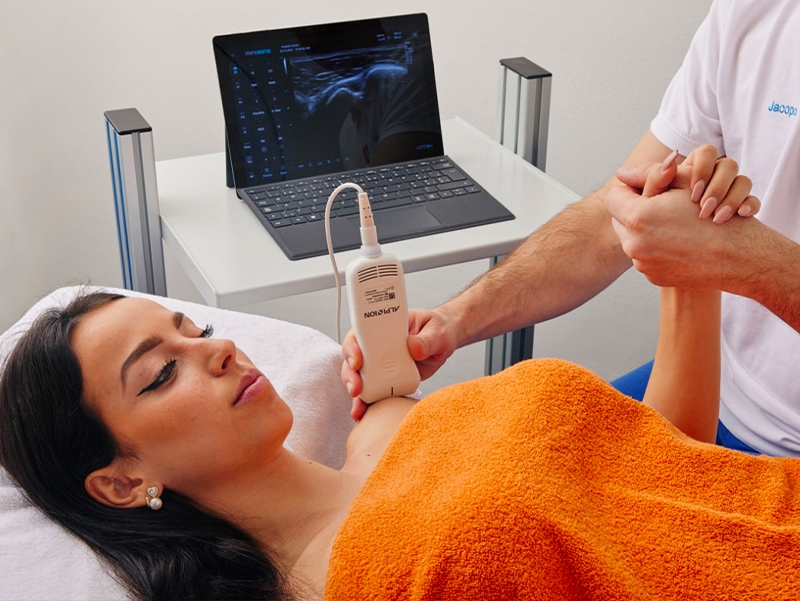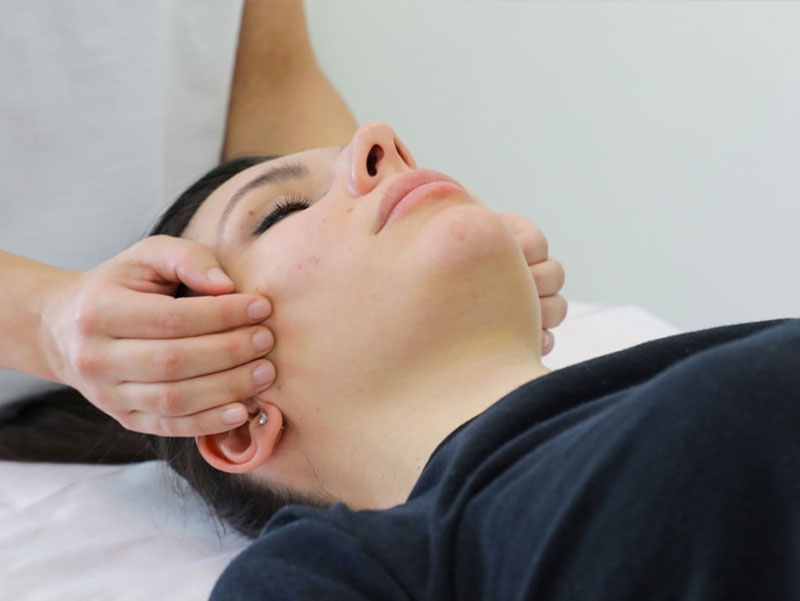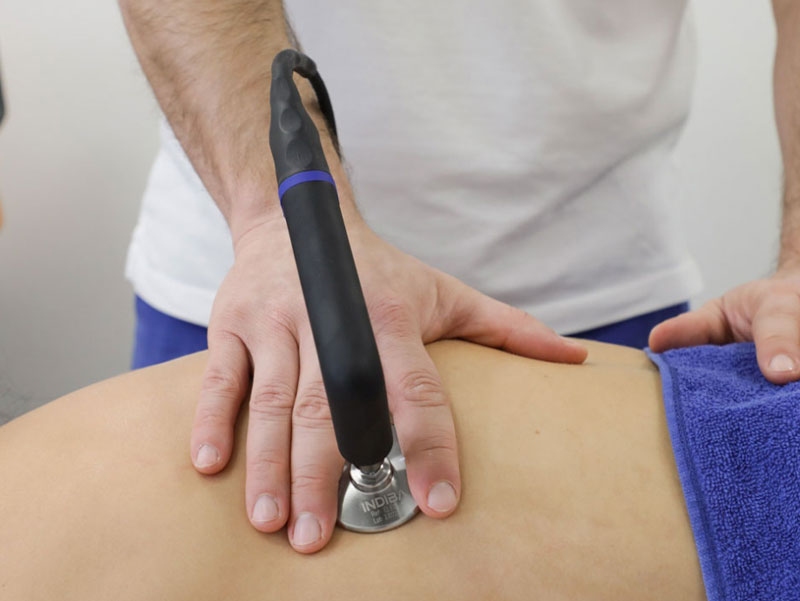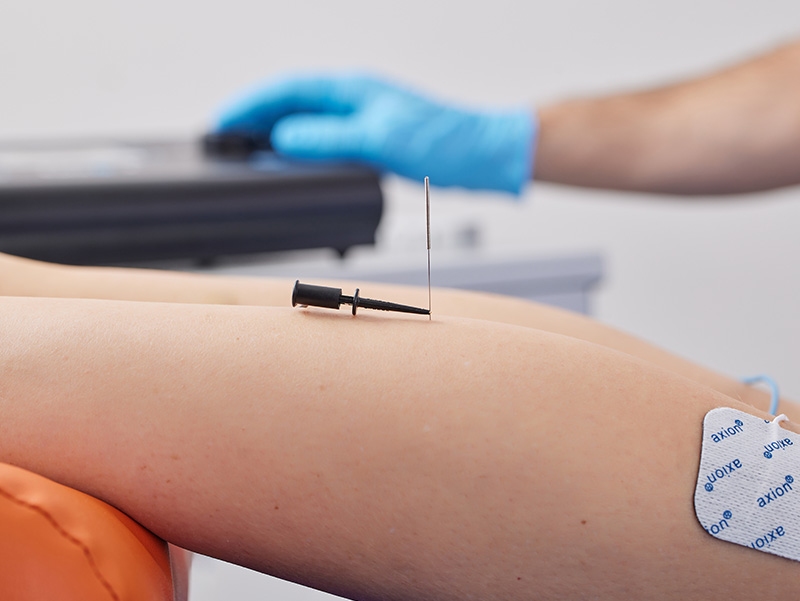The holidays are now behind us, and it’s time to start again. But after a stressful and highly restrictive period like the one we’ve just experienced, perhaps what we need is a bit of therapeutic exercise—a type of physical training that is being talked about more and more often. But what is it?
“Therapeutic exercise” refers to the systematic, planned, and measured performance of bodily movements and physical activities aimed at providing the patient with the means to improve, restore, or promote physical function, as well as to address or prevent the onset of musculoskeletal disorders.
This type of exercise has numerous benefits. In this article, we’ve collected the most important ones.
Benefit #1: Muscle trophism and strength
Therapeutic exercise can be aimed at recovering the strength, trophism, and endurance of deficient muscle tissue. Inadequate muscle strength can contribute to a wide range of musculoskeletal issues. A proper physiotherapeutic assessment allows us to identify which muscles or muscle groups show deficits in trophism and/or strength, in order to create a personalized rehabilitation program to restore these fundamental components.
Benefit #2: Joint mobility
Therapeutic exercise can be used to mobilize certain anatomical regions and selectively stretch muscles or muscle chains that are shortened and potentially responsible for musculoskeletal disorders. The physiotherapist’s task is to identify those structures that require mobilization and/or stretching in order to guide the patient through the appropriate therapeutic steps aimed at restoring proper muscle-joint balance.
Benefit #3: Posture
Lack of awareness of one’s own body schema or poor movement control can cause musculoskeletal issues. The physiotherapist is able to assess postural alterations or motor anomalies during movement execution, helping the patient improve perception of their posture or guiding them toward achieving a movement that is fluid, energy-efficient, and functional.
Benefit #4: Versatility
Another major advantage of therapeutic exercise is its ability to be used either as a support to manual therapy or as a primary form of treatment. The patient can also be instructed by the physiotherapist to perform the exercises independently at home, supporting rehabilitation and aiding the healing process. Self-treatment through therapeutic exercise at the end of a rehabilitation cycle allows the patient to maintain the restored condition in the long term. Happy therapeutic exercising to everyone!



